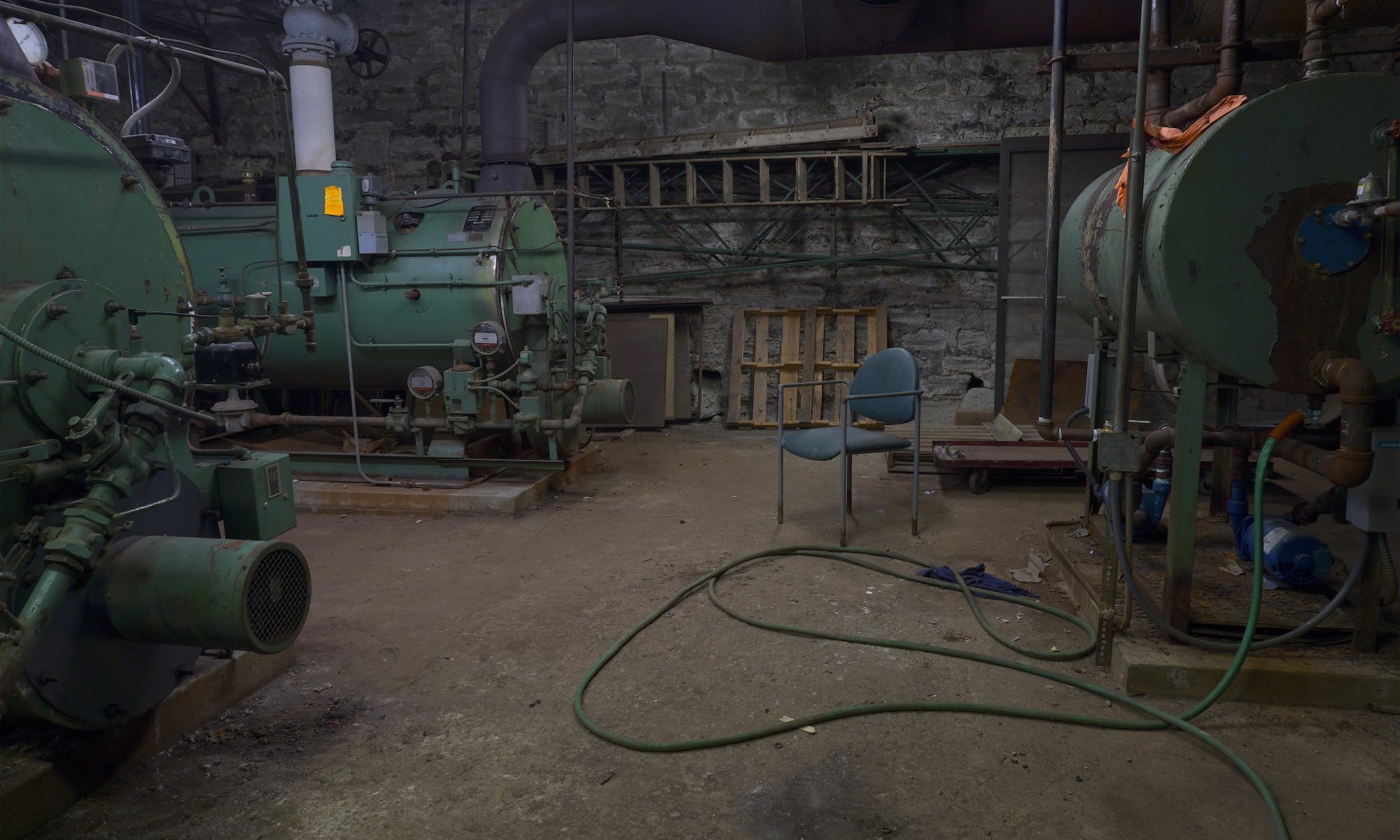How to Take Your Boiler Room from Good to Great
Features
As a boiler service company, our technicians spend most of their time in a boiler room working on… you guessed it: boilers. Once someone does this for a couple years, they will see many different boiler rooms, some brand new and some that are a century old. Over time a technician will learn what exactly makes a boiler room great—the features that make life so much easier on the customer and his wallet. Based on this experience, we’ve compiled a list of some of these basic features that should be included in every boiler room.
Temperature Control
This seems like an easy one but just recently we saw a brand-new boiler room that had ventilation sized only for the minimum fresh air required for the boiler. The temperature in the boiler room got so hot that the fire sprinklers would go off if any of the outside doors were closed. The ground temp of the boiler room was over 100 degrees Fahrenheit. While this can be normal in an old boiler room, there is no reason for a brand-new boiler room to have sustained temps over 100 degrees when the outside air temp isn’t even 70. This makes for a miserable work environment and we have found if the boiler room is uncomfortable to be in, the boilers are less likely to be blown down in regular intervals. Ventilation needs to be sized to keep the boiler room air moving, and even better if the vents have modulating dampers that can open and close based on boiler room temp.
Floor Drains
A boiler room can have ten floor drains, but in far too many cases they’re at the highest points in the floor or just totally plugged. Proper drainage in a boiler room goes beyond accounting for all the water pipes that need to go to drain. During a typical boiler service call, it’s almost a guarantee that a hose will be used, or the boiler will have to be drained on the floor at some point. If the room has poor drainage water will collect and keep the environment wet for days. The best floor drain in a boiler room is a trench drain system. This will enable long runs of flooring to capture water while also allowing the solids that get washed down to settle at the bottom of the trench, which can then be cleaned out periodically without having to snake the floor drain.
Lighting
It’s amazing how many boiler rooms have only a couple lights that barely illuminate anything in the room. Newer mechanical rooms are incorporating more lights, as safety is always a concern, but updating existing mechanical rooms that have dark spots should be done immediately. There are two main benefits to having the proper lighting in a boiler room: personnel safety and ease of service. If there is an emergency or someone has to walk through a boiler room, you don’t want them tripping on steps or something on the ground due to poor lighting. Missing a step can result in a serious injury, leading to loss time and workers comp claims.
Another benefit of good lighting is ease of service. If a technician has to use a flashlight to see what he’s working on, the service call is going to last longer than it would with adequate lighting. The technician may also miss an issue with the boiler or piping that’s hidden due to poor lighting. Modern LED lights are incredibly economical, and so there’s no reason why a mechanical room should have dark spot. It’s an easy upgrade that improves safety and the work environment.
Outlets
Recently we started up some boilers in a mechanical room that was packed with equipment. Every device you could imagine was in there…. except outlets. In the entire mechanical room, there was just one 120-volt outlet. This makes it a nightmare to service equipment or even just charge a laptop. Technicians end up running extension cords all over the place creating trip hazards. A mechanical room should have outlets at least every ten feet along the wall to avoid messes of extension cords. There should also be a 240-volt / 480-volt outlet in the room that accommodates larger equipment, such as a welder or brick saw. This can save the service company from having to run a generator.
Garden Hose Connection
There are many boiler rooms that have no garden hose connection in sight. This seems odd, as there is water everywhere but no easy way to tap into it. We often have to make up some fittings to tie into the water line to wash down the floor or power wash scale out of a boiler.
These are just some of the basic elements that should be in every great mechanical room. Having a great boiler room improves worker safety while also saving the customer time and money. Servicing boilers is no walk in the park; a technician will be able to do a better job if the environment around the boiler is conductive to their work instead of a hinderance.


